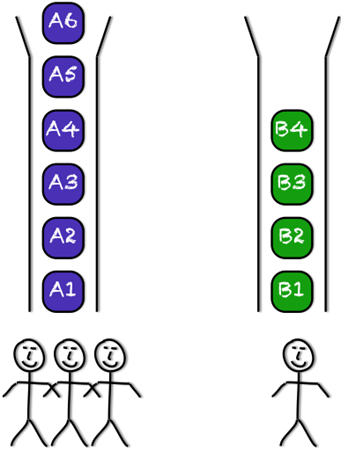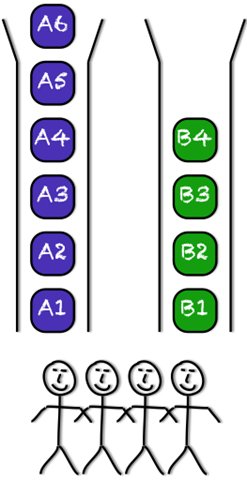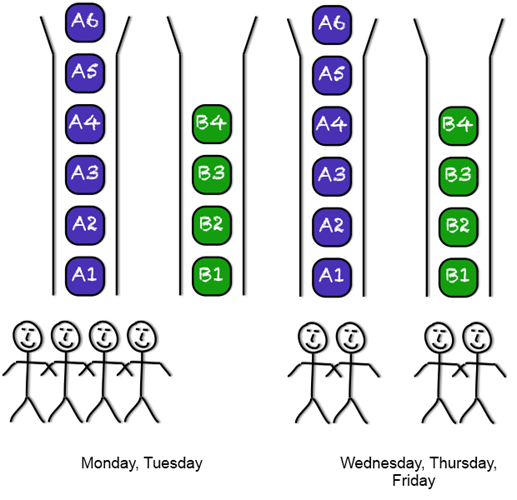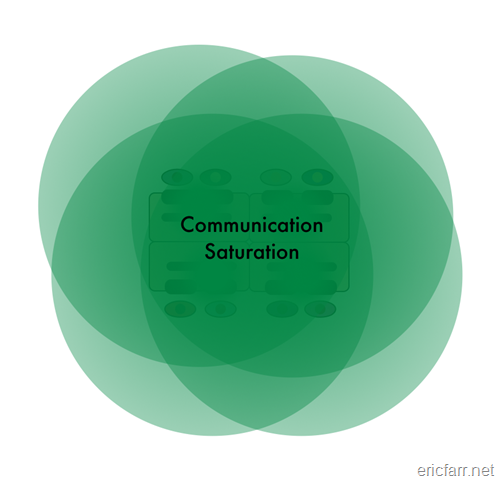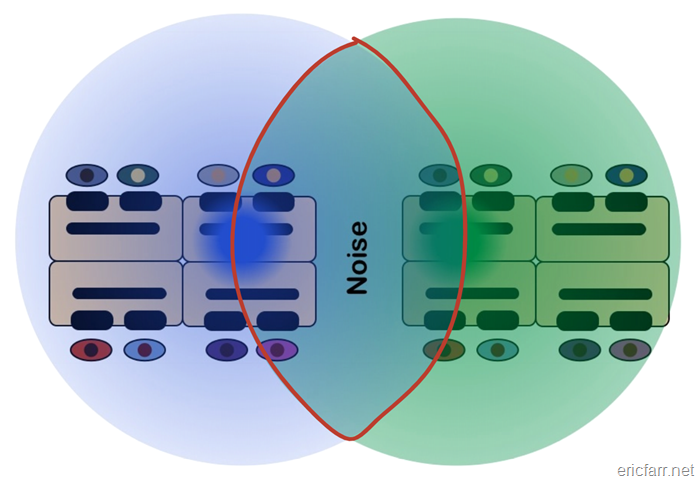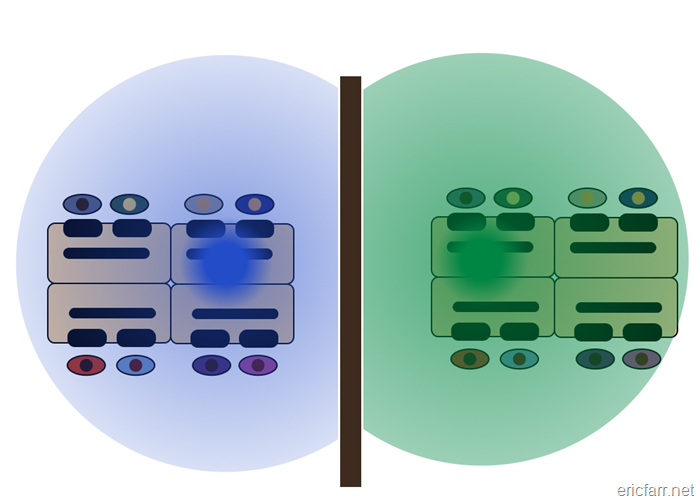
I was intrigued by this interview with Christopher Avery about responsibility on agile teams at InfoQ. Intrigued enough to go download and read his book entitled Teamwork Is an Individual Skill: Getting Your Work Done When Sharing Responsibility.
The premise of the book is that, contrary to conventional wisdom, not only is there an “I” in team, but teams are constituted by nothing more than a bunch of “I”s. If none of those individuals takes responsibility for the team’s success, then no one is taking responsibility.
Whether it be the development team at work, the elder council at my church, or even my family, it seems there is virtually no area of life where my personal success is not dependent on the success of a team. Learning to take more responsibility for the success of those teams seemed like a good idea.
I found that the book could have used a good editor to tighten up some of the writing, and the formatting (at least on the Kindle version) was confusing at times; however, there was enough food for thought in there to make it worth the read.
Here are a few highlights to give you some flavor of the book…
Avery coins the term TeamWisdom, which he defines as follows.
TeamWisdom refers to all the individual mental skills and behaviors that lead to highly responsible and productive relationships at work. The idea is based on my definition of “team”: A team is a group of individuals responding successfully to the opportunity presented by shared responsibility. Thus someone with TeamWisdom takes responsibility for ensuring that the group rises to the occasion, and in the process, makes sure his own work gets done and done well.
Avery makes an important distinction between accountability and responsibility
…accountability can be assigned, but responsibility can only be taken.
Accountability and responsibility are not mutually exclusive. In fact, they are extremely complimentary. It is time for each of us in the workplace to take responsibility for relationships as well as accountability for deliverables, and to engage in the conversations that build productive relationships at work.
Avery makes the astute observation that if each team member acts in his own self-interest, then it is important to learn what motivates the other team members and assure that their interests are aligned with those of the team and with your interests. If your interests cannot be aligned, then you should withdraw from that team.
Once you understand your team members interests, it is in your interest to see that your teammates reach their goals.
The great philosopher/inventor, Buckminster Fuller, taught that the best way for one person to win is not by making others lose, but by making others win too. He taught from the 1940’s until his death that the more people a person helps to win, the more people that person can expect will help her win. Fuller’s teaching was in the forefront of a growing body of literature about the power and humanity of “servant leadership.” Being a servant leader means helping one’s followers become successful, instead of expecting followers to serve one’s personal success.
He then gives the following challenge in the Personal Challenge section that is included in with each TeamWisdom principle.
Do your partners and teammates provide you with access to their thoughts because they experience you as a person who helps them achieve their goals? Listen carefully to your associates to learn what is truly important to them. Check in with yourself to determine your level of commitment to them. If this level of commitment is low, ask yourself why. If it is high, ask yourself how you are willing to help. Then offer that help.
Avery talks about collaboration and includes valuable insights like this:
Most people find it much easier to grant a favor than to ask for one. However, people with TeamWisdom know that asking for a favor actually grants the other person a favor. Asking for a favor communicates to the other person that they are important to us, that we depend on them, and that we are even willing to owe them one. People with TeamWisdom understand that the person who asks for the first favor sets the tone for the collaboration.
Here is an example of Avery’s insight on the effect unmotivated team members:
Is the team leader the most powerful member of your team? Is the most inspired member the most powerful? The smartest member? Nope. None of the above. Like it or not, the most powerful member of your team is the one who cares the least about your team’s task. Sorry, but that’s the truth. The least-committed member of your team is the most powerful because his lack of commitment establishes a low baseline to which other
team members may fall. The success—or mediocrity—of your team likely will be determined by him.
Read the book. Take responsibility for the success of your teams, whether you are the leader or simply a contributor.




